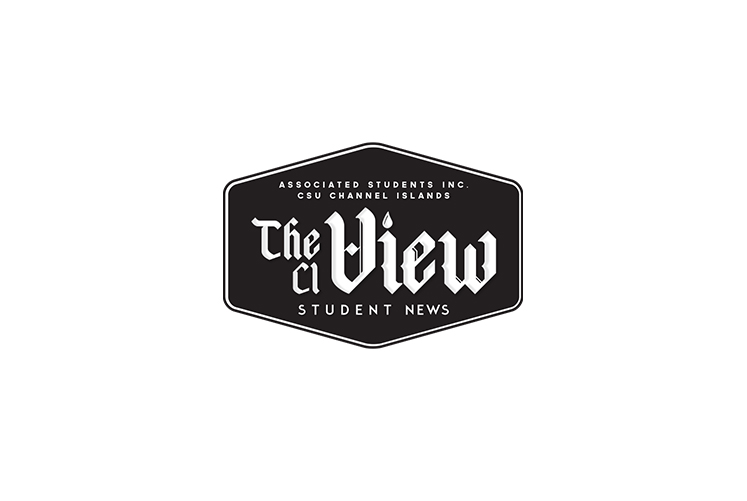By Annie Kuzmanovic
The first urban wildlife crossing is coming soon to Los Angeles county. It will serve Agoura Hills’ mountainous plants and animals, particularly with regards to breeding for the California puma. It will be constructed as a bridge that will cross the U.S. Route 101 overhead, but it will be garnished with elements of its natural surroundings so that animals are not intimidated to utilize it. Its current design is looking like a 200 feet long and 165 feet wide bridge. According to a campaign guide by the National Wildlife Federation (NWF), the crossing’s completion date is set for 2023.
The CI View had the pleasure of interviewing Beth Pratt, the Regional Executive Director of NWF in California, about what the future of the bridge might look like. With a wildlife crossing consulting team and professionals who have studied the effects of others like it, they have a fair grasp on the potential outcomes.
“What we know from decades of study is that these crossings are extremely successful in getting animals across the road safely,” wrote Pratt in an email. “The crossings in Banff (Canada) for example, have reduced wildlife collisions about 80%, and large mammals have used them over 200,000 times in 17 years.”
With such incredibly beneficial statistics, you may be wondering why officials in Los Angeles had not attempted to achieve a wildlife crossing near California terrain sooner. Pratt pointed out that California wilderness does not have the kind of free-range wildlife that need to cross roads in huge herds. “As the science of connectivity started becoming clearer—that these crossings need to address fragmentation along with collisions with cars—the need started growing along with the public awareness and support.”

Along with a positive impact directly to the animals that will be using the bridge, Pratt hopes that it serves as an example for future projects. “Almost 400,000 cars a day will drive under this crossing once it is completed—that’s a lot of people who will learn about wildlife crossings!” Pratt wrote. “But it will also inspire others, and has already started to do so since public support has been so high.”
She also noted that since this will be the largest wildlife crossing in the world, and the first one built in an urban setting, there is a lot to look forward to in the way of valuable research. Pratt is very proud of LA for accommodating the local wildlife such as Hollywood’s most famous puma, P-22. “Most places in the U.S. would have removed P-22 immediately from Griffith Park upon detection,” she wrote. “LA instead made him a local hero, and is building the largest wildlife crossing in the world in his honor. That LA is leading the way in coexistence with wildlife is truly something to celebrate!”
Pratt also noted that aside from volunteer opportunities with the bridge, donating and raising awareness for it, you can also help the pumas by joining the movement to ban anticoagulant rodenticides, or rat poison. “These have deadly impacts on wildlife in the LA area and beyond,” expressed Pratt. “Several mountain lions in the Santa Monica Mountains, for example, have died from rodenticide exposure, and even P-22 got sick from it. Poison Free Malibu is one group doing great work in this area.”
If you have a passion surpassing pumas and would like to have a broader positive impact on the environment, Pratt suggests making intentional decisions to ultimately leave a lighter footprint on the earth. “Almost every decision we make day-to-day can impact wildlife, from what food we eat to how fast we drive … Slow down, eat less meat, don’t use harmful chemicals, etc. But most of all, vote for people who support wildlife conservation and protection.”
For additional information about the wildlife crossing or any other environmental preservation projects, visit the NWF’s website at www.nwf.org.

